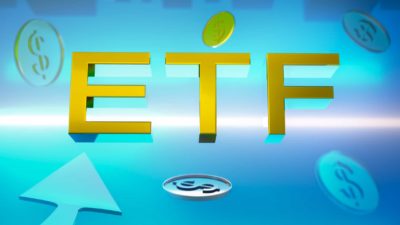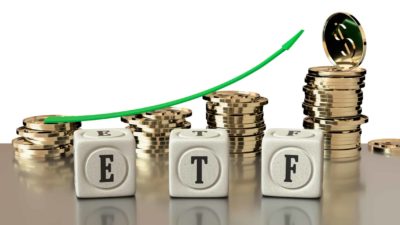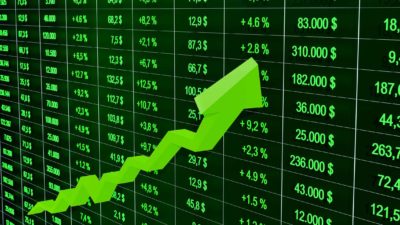Fortescue Metals Group Limited (ASX: FMG) shares have rocketed 3.43% higher to hit a new record high on the ASX.
The miner's shares closed at $10.25 per share and are now up 146.99% since the start of January.
Why are Fortescue Metals shares soaring this year?
Yesterday's share price gains came despite no market sensitive news from the Aussie iron ore miner.
The big news yesterday was a decline in China's exports for the fourth consecutive month. However, imports surprised many in the market and was the first year-on-year growth since April 2019.
The potential for recovering domestic demand sent the Aussie iron ore miners climbing higher in yesterday's trade.
The BHP Group Ltd (ASX: BHP) share price climbed 1.85% in yesterday's trade while Rio Tinto Limited (ASX: RIO) rose 1.70% to $97.42 per share.
Fortescue is the world's 4th largest iron ore miner behind BHP, Rio and Brazil-based Vale.
Fortescue Metals shares have been rocketing higher this year on steady earnings and a rebound in commodities prices.
The US–China trade war has put the Aussie miners under pressure throughout 2019 but the group has managed to put those fears aside and post strong gains.
For context, the S&P/ASX 200 Index (INDEXASX: XJO) is up a tidy 21.09% in 2019 while BHP and Rio shares have climbed 12.98% and 27.10%, respectively.
Is December the time to buy in?
Despite the strong performance this year, not everyone is tipping Fortescue Metals shares perform well in December.
Morgan Stanley believes there is a 60% to 70% chance that the group's share price will fall over the next 60 days.
The broker believes that strong iron ore prices and a bit of momentum have made Fortescue's short-term value less compelling.
There is the potential for oversupply in 2020 as the Vale operations restart following its January 2019 dam disaster.
Foolish takeaway
Fortescue Metals shares have outperformed in 2019 and rocketed towards record high after record high.
However, how the group will perform on the ASX next year could come down to iron ore supply, Chinese demand and the US–China trade war resolution.







